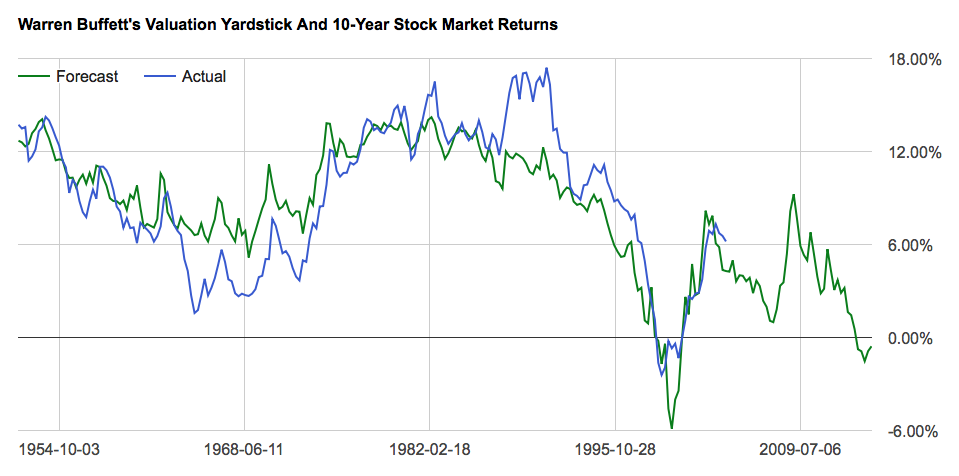The Nasdaq recently set a new all-time high, 15 years after it set it’s last one. Investors who bought back then believing no price was too high to pay in order to hop on the dotcom bandwagon learned the hard way that, “the price you pay determines your rate of return.” This is an iron law of the markets. If you overpay you essentially lock in subpar returns for a long period of time.
Think about it this way. You’re buying some wholesale product to resell. Let’s just use beard oil as an example. You know you can sell the beard oil for $10 per jar. If you can buy them for $5 you can double your money every time you sell a jar. But if you pay $9 each you’re going to earn a lot less on each sale. Buying the Nasdaq in 2000 was like paying $40 per jar. Inflation (sales and earnings growth, in the case of Nas cos.) has now finally caught up so that these investors can now sell their jars of beard oil for their original cost.
Paying an incredibly high multiple of earnings for the Nasdaq back in 2000 guaranteed buyers that they would receive poor returns over the next 15 years. Even the broader market at the time was priced to disappoint investors as Warren Buffett famously wrote in Fortune back in November 1999.
What investors need to know today is that they are currently priced just as high as they were back then! The problem is they once again want their cake and to eat it, too. Despite paying an extremely high price for stocks today they also expect a high rate of return. A few recent polls show investors expecting to get 10% per year from their equity investments right now. Some are even expecting to generate twice that much and there’s just no chance it’s going to happen.
Warren Buffett’s favorite valuation measure is nearly 90% correlated to future returns in the stock market. It’s what he referred to in his November, 1999 piece when he wrote that investors were destined to be disappointed by their returns over the coming decade (now known as the lost decade). Based on how high this measure shows stocks are currently valued, it forecasts an average annual return of about -0.5% over the coming 10 years.
Now if you want to generate a 10% return buying the major stock market indexes like the S&P 500 you’ll need to pay a much lower price. Using similar measures, it’s fair to estimate that you would have to pay about 940 on the S&P to generate a 10% forward return for the coming decade. In other words, it would take a decline of more than 50% to set up the opportunity for the stock market to provide double digit returns once again.
So if you do want to earn 10% per year on your stock market investments you should be rooting for a major bear market. Because without one you’re going to be just as disappointed as those who bought stocks back in November of 1999. Like Nobel Prize winner Bob Shiller recently said, you’ll likely wake up 20 years from now and realize your investments have gone nowhere. And during that time, there will undoubtedly be a few opportunities to buy stocks at much better valuations and thus offering much better forward returns just like we’ve seen over the past 20 years.
